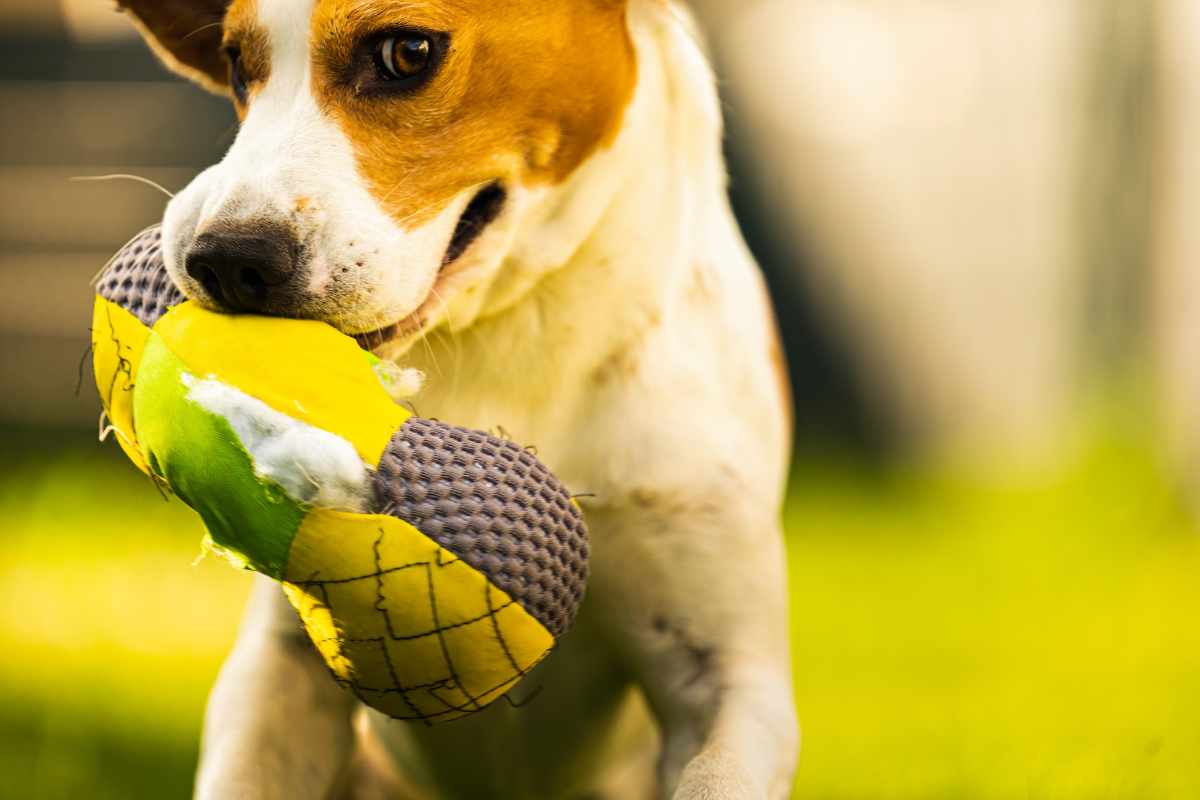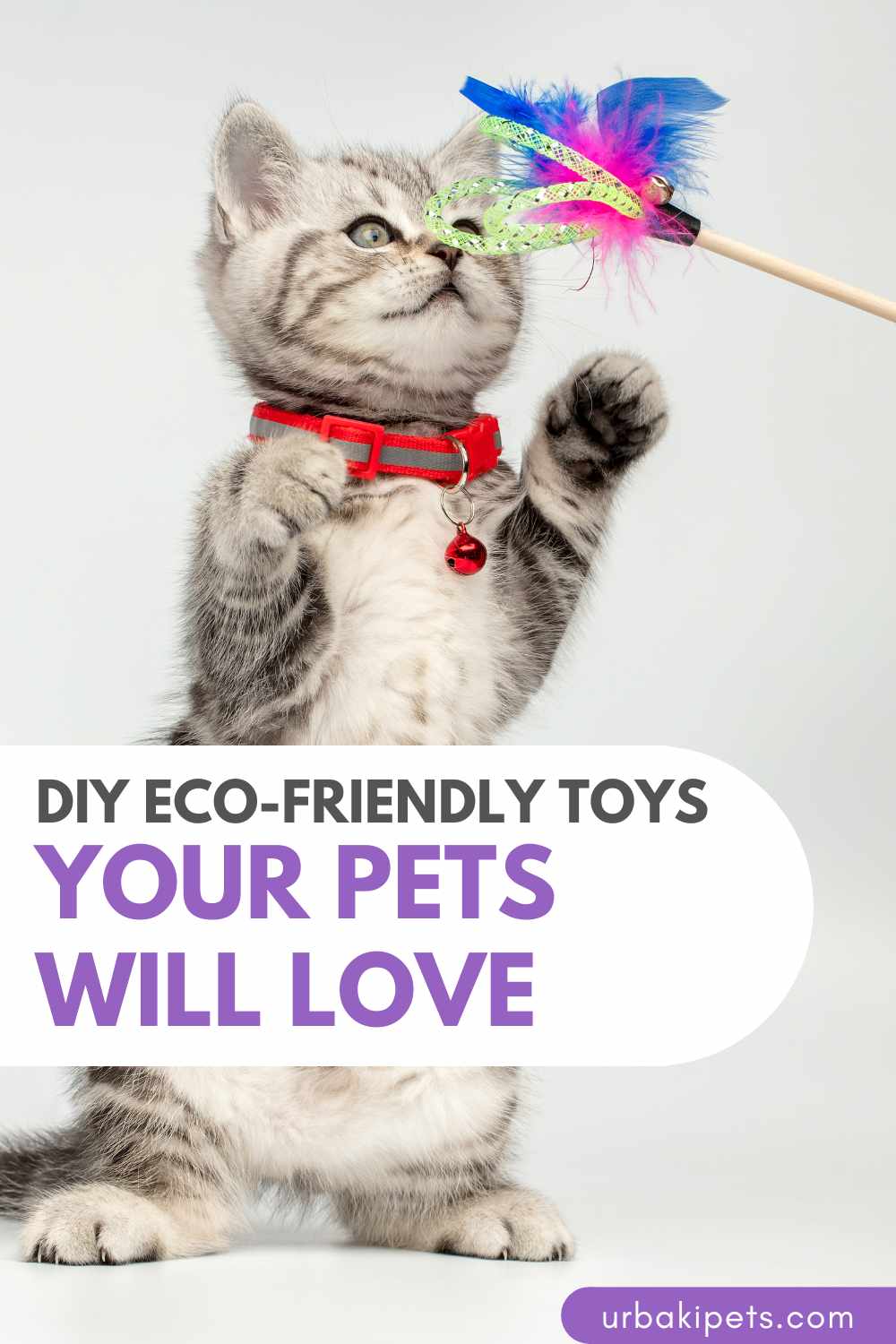DIY Eco-Friendly Toys Your Pets Will Love

Caring for pets goes beyond feeding them and taking them for walks—it also includes providing stimulation, comfort, and play. Toys are a vital part of a pet’s life, offering entertainment, physical exercise, and mental enrichment.
However, many store-bought toys are made with synthetic materials, packaged in plastic, and not always built to last.
If you’re looking for a greener approach, making your eco-friendly pet toys is a fun and rewarding solution.
These homemade options not only reduce waste but also allow you to personalize toys for your pet’s preferences. You can reuse materials you already have at home, making the process as economical as it is sustainable.
A Greener Approach to Pet Enrichment
Switching to DIY pet toys made from repurposed materials is a simple way to reduce your environmental footprint. Old t-shirts, cardboard boxes, mismatched socks, and leftover fabric scraps can all be transformed into exciting new playthings.
For dogs that love to tug and chew, braided cloth toys are a great choice.
Cats, on the other hand, enjoy crinkly textures, feathers, and small objects they can bat and chase.
The key is to create toys that are safe and engaging without the need for plastic or disposable parts. With a little creativity, items that would otherwise end up in the trash can become hours of entertainment for your furry companion.

Safety First with Handmade Toys
Before diving into craft mode, it’s important to keep safety in mind. Materials should be non-toxic, durable, and free of small pieces that could break off and be swallowed.
Avoid anything with loose buttons, sharp edges, or glue that may contain chemicals.
If you’re using old clothing, make sure it’s clean and free from residue like detergents or perfumes. When crafting for dogs with strong jaws, stick with tightly braided or double-layered fabrics.
For cats, always monitor play when using string or yarn-based toys to avoid entanglement or accidental ingestion.
Toys That Encourage Movement and Curiosity
One of the easiest DIY toys for dogs is a braided tug made from old t-shirts. Cut the fabric into strips, knot them together, and braid tightly for a sturdy, washable toy.
These are great for fetch, gentle tug-of-war, or solo chewing. They also don’t shed plastic or synthetic fibers into your home or the environment.
For cats, consider toilet paper rolls filled with treats or sprinkled with catnip. You can fold the ends closed for a simple food puzzle. Other ideas include cardboard tunnels, felt mice, or sock pouches filled with dried herbs.
These encourage natural hunting behaviors and add variety to daily play.

Sensory Play with Natural Materials
Incorporating textures and scents into your homemade toys can enhance the play experience. Dogs enjoy toys that smell familiar or exciting, such as pieces of rope infused with a hint of peanut butter (just be sure it’s xylitol-free).
Cats are drawn to smells like valerian root, silvervine, or dried lavender.
You can also add elements like jingling bells (secured safely inside fabric) or crinkly paper made from recycled brown packing materials.
These small additions make toys more interactive and satisfying, without resorting to plastic components or electronics.
Long-Lasting Toys from Everyday Items
Durability is important, especially for pets that love to chew or bat things around. Denim from old jeans, double-stitched cotton, or thick felt is are ideal material that can hold up over time. For dogs, freezing a braided toy soaked in water or broth makes it more appealing, especially in warm weather or during teething phases.
Cats appreciate lightweight items they can carry and hide. A bundle of twigs tied together with hemp string becomes a rustic wand toy. You can even turn wine corks into tossing toys with a bit of attached ribbon or twine.
The possibilities are endless when you start looking at your home through a creative lens.
Enrichment Without Excess Waste
What makes DIY eco-friendly pet toys so appealing is that they shift the focus from consumerism to sustainability. Instead of repeatedly buying mass-produced toys that end up in the trash, you’re reusing and reimagining what’s already available.
This also means you can rotate toys more frequently to keep your pet engaged, without feeling wasteful.
Making your toys also gives you a better sense of your pet’s preferences. You’ll quickly discover which textures, shapes, and sounds they respond to—and you can tailor your creations accordingly.
Each toy becomes a reflection of your effort and attention, deepening the bond between you and your pet.

A Fun Way to Get the Whole Family Involved
DIY pet toy projects are also a great opportunity to involve the family. Children can help braid, stuff, and decorate toys under adult supervision. It’s an ideal way to teach kids about upcycling, pet care, and creativity all at once.
Plus, seeing your pet enjoy something made with your own hands is incredibly satisfying.
If you’re part of a pet-loving community or online group, sharing your creations can inspire others to try sustainable alternatives too. Some shelters even accept handmade toys as donations, adding another layer of purpose to your hobby.
Building a More Thoughtful Routine
Integrating homemade toys into your pet’s life doesn’t just benefit the planet—it contributes to a more intentional pet care routine. Rather than defaulting to store shelves, you begin to consider what brings your animal joy, how they play, and what their senses respond to.
This process fosters mindfulness, creativity, and connection.
And because most materials are easy to source, there’s no pressure to make something perfect. The value lies in the act of creating and sharing something meaningful with your companion.
Did you find this post useful or inspiring? Save THIS PIN to your PETS Board on Pinterest!


You may also like